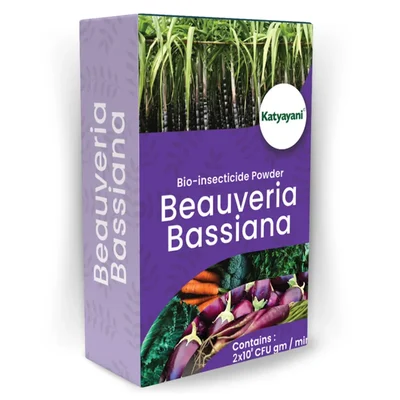- Farm & Garden
- Pumps & Motors
- Food Processing
- Workshop, DIY & MRO

Brand: Katyayani
Katyayani Beauveria Bassiana Bio Insecticide Powder | 1 kg(Pack-1 x 1 kg)
SKU: TI-KB-34446-C1-R58 Delivery By: Dec 9 - Dec 11
Delivery By: Dec 9 - Dec 11 




MRP : ₹781 ₹545
30% OFF!
 Delivery By: Dec 9 - Dec 11
Delivery By: Dec 9 - Dec 11 
Easy Return
& Refund
& Refund

Quality
Assurance
Assurance

Trusted
Delivery
Delivery

After Sales
Assistance
Assistance

Buyer
Protection
Protection
₹NaN (Including GST)
MRP :
Get Extra ₹ OFF on Prepaid Orders
QTY :
Short Description
Specifications
Description

Select attribute





